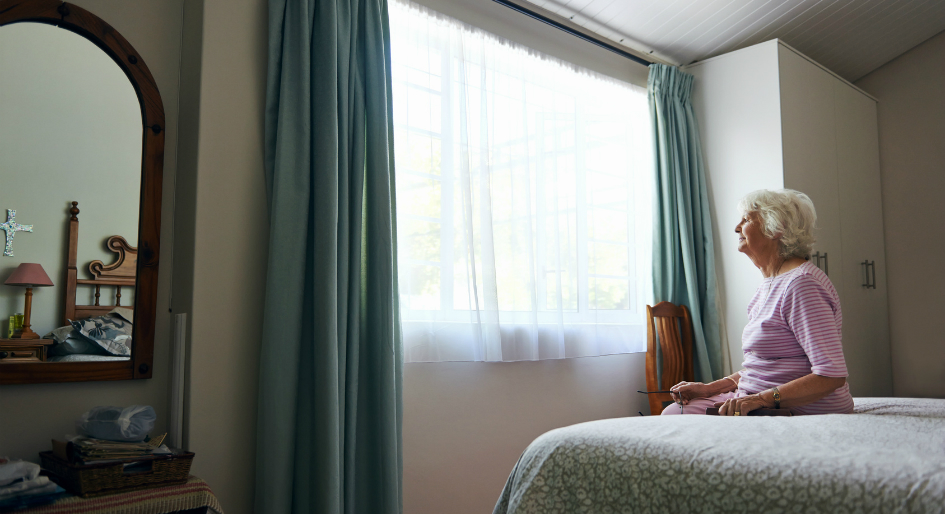Protecting long-term care residents from outbreaks requires different infrastructure, proper staffing conditions and a culture of quality assurance, researchers at the University of Waterloo have determined.
In, “Reflecting on the COVID-19 Themes from Long Term Care,” published last week in the Journal of the American Medical Directors Association, experts said designing smaller, more homelike spaces would minimize the spread of viruses while promoting better health and quality of life for residents.
“Community outbreaks and lack of personal protective equipment were the primary drivers of outbreak occurrence in long-term care homes, and the built environment was the major determinant of outbreak severity,” George Heckman, a professor in Waterloo’s School of Public Health and Health Systems and Schlegel Research Chair in Geriatric Medicine with the Research Institute for Aging, said in a press release.
“We need to distinguish between small-scale living and small-scale housing, using architectural features to create uncrowded and home-like spaces – but within a sufficiently resilient infrastructure to avoid critical staff shortages such as those experienced by some very small homes in Italy and the United States.”
In the U.S., data from geospatial analysis and cellphone tracking showed that outbreaks were more likely when staff commuted from neighbourhoods with high viral circulation, and in large homes with more staff traffic.
The researchers said that in the case of Ontario, simulations found that 31 per cent of infections and 31 per cent of deaths could have been prevented if all Ontario long-term care residents had had single rooms. However, 30,000 new private rooms would have been needed.
“Policymakers need to reimagine long-term care infrastructure in a post-pandemic world, keeping in mind that smaller homes support better resident outcomes and are more resilient against infectious outbreaks,” Heckman said. “New large-scale long-term care home developments should be strongly discouraged.”
Other factors that would improve resident well-being and curb the spread of viral infections include a dedicated infection control officer in all long-term care homes, proper staffing conditions and high-quality assurance frameworks.
Hong Kong, for example, learned from the 2003 SARS outbreak and implemented several policies that led to success when it came to COVID-19. They developed guidelines for the prevention of communicable diseases in long-term care, including that all homes have an infection control officer, conduct annual outbreak drills and have a permanent stockpile of personal protective equipment and establish visitation rules that address hygiene and PPE use.
In addition to robust infection control and communication technologies used in Hong Kong, Heckman believes full-time positions, paid sick leave and mental health and well-being supports for staff would make a big difference.
Ontario, and most Canadian provinces, already have the required information infrastructure to achieve a learning health system. Based on standardized international Resident Assessment Instrument systems, developed by an international consortium of which Waterloo is a principal leader, their use by communities of practice has led to reductions in inappropriate antipsychotic use and better health outcomes for long-term care residents.





